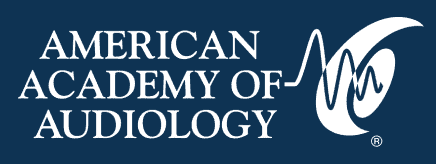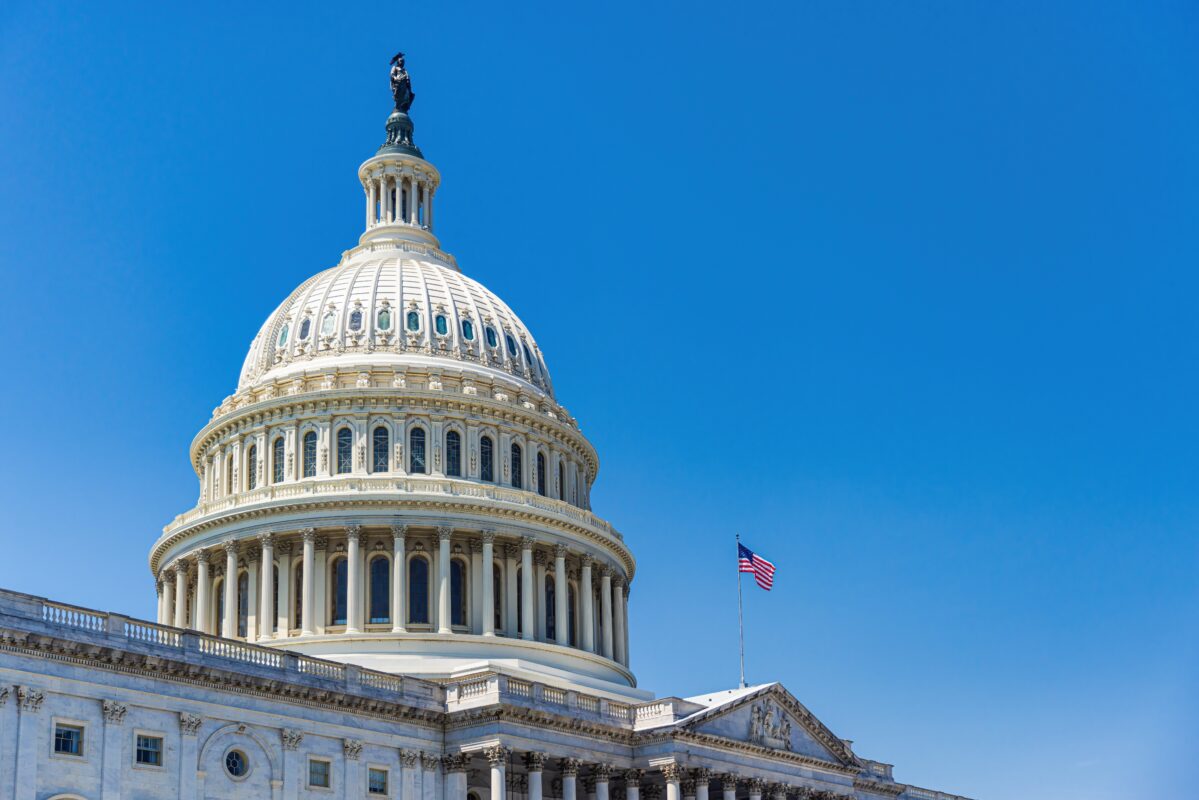Many of us have faced questions about OTC hearing aids over the past several years and now the addition of “hearables” is becoming more prevalent in consumers’ awareness. There are currently a variety of hearables available (Sennheiser, Samsung, SoundWord Solutions, Jabra and Nuheara to name a few) but perhaps the most well-known is the AirPods technology by Apple, a big brand with huge market penetration. Commonly, hearables are less expensive than their prescriptively fit traditional hearing aid cousins and, like traditional hearing aids, hearables do possess key components including microphones, receivers (or speakers), digital signal processing, battery power and, in many cases, Bluetooth connectivity. Active noise cancellation or reduction is an appealing component for hearables since background sounds are typically the biggest complaint of individuals with hearing loss of any degree. But how does this particular noise reduction iteration compare with traditional hearing aids?
In the overview of the Apple AirPods Pro 2, they typically retail around $250 and possess a variety of features, including transparency mode, conversation awareness, voice isolation, and personalized volume that adapts based on your known listening preferences. AirPods also offer protection from moisture, dust and debris, like conventional hearing aids, and are rechargeable, reducing the disposal of battery products into the landfills. Apple has always made high quality ear buds for music and gaming, but what is known about their hearing aid function and how it measures up in laboratory testing?
In a recent presentation at the Association for Research in Otolaryngology meeting, auditory neuroscience researcher, Seba Ausili, PhD, shared what has been studied at the University of Miami regarding AirPods hearables and how their features stack up in comparison to traditional hearing aids. The entire presentation can be found here. The relevant content starts at approximately 1:32:00. Based on Dr. Ausili’s work, several key questions were examined, primarily how well are spatial cues preserved, what are the localization abilities in transparency mode, and how effective is the reduction of background noise. In this laboratory study, spectral pinna cues were shown to be reduced with the use of AirPods and a basic summary of the presentation’s discussion showed that transparency mode does in fact alter interaural level differences and disrupts high frequency spectral cues thus affecting spatial hearing. There was some notable vertical localization disruption with what was described as front to back confusion and background noise reduction also revealed changes in localization making real world listening more challenging. Generally speaking, however, performance in transparency mode was rather comparable to traditional hearing data with some limitations in spatial perception.
While many of the main hearing aid manufacturers have worked diligently through their research to improve spatial perception, it appears that in the case of the AirPods, there is still some work to be done to fully compare to prescription devices. For the immediate future, hearables do appear to represent a potential option for individuals with mild to moderate losses who are not yet prepared, for whatever reason, to pursue traditional amplification treatment. Additional evidence-based research is undoubtedly forthcoming and as these studies become published, they can be a valuable discussion point with patients who have questions about hearables and their role in the OTC world.
Recent Posts
Termination of Federal EHDI Grants
Earlier this week, the Academy learned that seven federal cooperative agreements funded by the U.S. Health Resources and Services Administration (HRSA) are being terminated. Despite…
Discover What’s New (and Worth the Trip) at AAA 2026
We’re gearing up for an unforgettable convention, and we’re excited to share what’s new in San Antonio! This year’s convention brings fresh programming, expanded learning…
Congress Introduces Legislation to Protect Audiology Students’ Access to Federal Loans
New bipartisan legislation (H.R. 6718) introduced in the U.S. House of Representatives would restore audiology to the federal definition of a professional degree under the…



